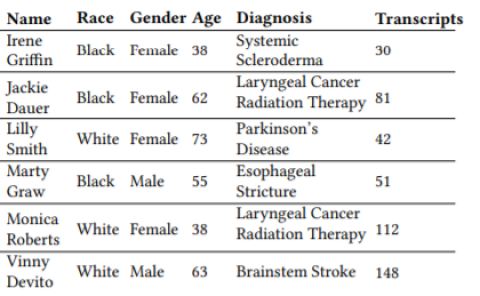Air cushion: A pilot study of the passive technique to mitigate simulator sickness by responding to vection
PubDate: April 2017
Teams: Tokyo Institute of Technology
Writers: Yoshikazu Onuki; Shunsuke Ono; Itsuo Kumazawa

Abstract
Simulator sickness is an issue in virtual reality environments. In a virtual world, sensory conflict between visual sensation and self-motion perception occurs readily. Contradiction between visual and vestibular sensation is a dominant cause of motion sickness. Vection is a visually evoked illusion of self-motion. Vection occurs when a stationary human experiences locomotor stimulation over a wider area of the field of view, and senses motion when in fact there is none. Strong vection has been associated with simulator sickness. In this poster, the authors present results of a pilot study based on a hypothesis that simulator sickness can be mitigated by passively responding to the body sway. Commercially available air cushions were applied for VR environments. Measurable mitigation of simulator sickness was achieved by physically responding to vection. Allowing body sway encourages moderating the sensory conflict between visual sensation and self-motion perception. Also, the shapes of air cushions on seat backs were found to be an important variable.

